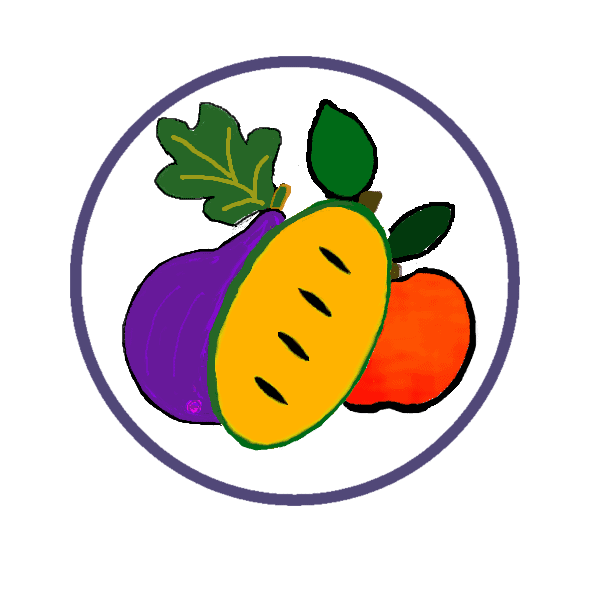Raspberry Plants For Sale
Raspberries are easy to grow, being great for beginners and those new to fruit growing. Success depends on a few factors: raised beds or mounds to keep water drainage excellent. Lots of thick mulch (straw is good) makes weed control easy and effective. Light shade in extremely hot locations and good soil fertility ensures happy plants.
Give them a place in the garden, or their own raised beds which are kept weed-free. They do not tolerate drought. While adaptable, giving them what they need ensures very high yields of just amazing berries, making raspberries highly desirable fruit bushes to grow.
We harvest our everbearing red raspberries from mid-May till the end of September. That’s one LONG berry season! For this reason, we say red raspberries are the ultimate small temperate-climate fruit. You can harvest around 1/2-1 LB of berries per foot of row per season on well-kept, healthy vines.
Our premium-quality everbearing Raspberries are available for shipping or pickup from March-October.
Black Raspberry (Rubus occidentalis)
Black raspberries are unknown to many, but let us encourage you to try one of the easiest and most rewarding fruit crops you can grow. Fruiting unfailingly every year we’ve grown them, bearing pint after pint of satin-soft, exotic-tasting, fragrant berries before most other berries are even close to being ripe. We pick ours in early June in Kentucky. They resist disease, outgrow the weeds, are not especially hunted by the birds and insects and simply taste delicious! Not a common find!
They are delightful eaten out-of-hand and absolutely fantastic cooked into pies, wines, syrups and jams. They make better cobblers than blackberries! The fragrant, tangy-sweet flavor is accented by a squeeze of lemon juice when making pies and cobblers.
Black Raspberries are THE highest in ultra-potent “anthocyanin” cancer-destroying antioxidants, beating even blueberries!
We recommend planting 6-12 black raspberry plants to start a productive home berry patch for family use. Much less than that is usually not effective at establishing quickly and takes longer to get useable yields rapidly. They multiply rapidly (if not pruned) via tip-layering (canes hitting the ground and rooting), which is a blessing and can be easily dug up and transplanted to increase the patches size and longevity, or to create new patches. They do not require trellising but benefit from light pruning of the tops at 3-4 FT and pruning laterals to 18″.
On Growing Black Raspberries
Black raspberries grow more akin to blackberries than red raspberries, but, like the reds, they stay smaller and more compact than blackberries and do have small prickles. Planted 3-4 ft apart on a site with good water drainage, they quickly form colonies which can potentially live for at least 10 years or more (our mother patch is over 12 years old going strong), so give them their own patch (generally advised to be away from the red raspberries). Prune off the tips each year when the new canes reach 3-4 feet tall to encourage side branching and more fruit production. Prune the side branches (that soon emerge after topping) to about 18″ long each, and remove any shoots or branches below 1 FT. Next season, after the berries are all picked, the cane is finished and is pruned at the base and removed, making way for the new season’s rapidly growing canes. Yearly April applications of mulch, compost and organic fertilizer, as well as light pruning and removing spent canes, will keep your patch healthy, productive and attractive for many years to come.
On Growing Red and Purple Raspberries
Our raspberry varieties are “everbearing,” meaning that the new canes that sprout each spring (the primocanes), reach about 3-5 ft in height, bear a large autumn crop of berries, then go dormant for winter. That spring those same canes, now 1 year-old, flower AGAIN and bear a second berry crop early in the season, thus two crops per cane! Those 1 year-old canes are then pruned out after the second crop is fully harvested. Alternatively, some people prefer “primocane growing”. In this system, people mow down the whole patch after the fruit harvest in autumn, therein the patch will then sprout all new canes in spring, bear a midsummer-autumn crop and then are mowed down once again, regrow next year, bear fruit in midsummer-autumn, then are mowed down, on and on. EASY!
Red Raspberries begin bearing fruit within 6-9 months from planting!
VERY long picking season spans months of summer. Here in Kentucky we pick our everbearing red raspberries from May-October with a short break in July.
Red Raspberry must have well-drained soil and love garden beds and raised beds. They do well planted in long row that are mounded similar to potato beds.
Keep the plants mulched heavily. Keep the berries picked to keep insects and fungus under control. Lots of fallen, rotting fruit attracts insects and molds.
Annual spring applications of compost and organic fertilizers, as well as trellising and simply pruning will keep your rapsberry patch productive, healthy and attracive for many years to come.
MEDICINAL USES: Red raspberry is an amazing medicinal herb as well, being dried and made into tea which is consumed for women’s menstrual cramps with excellent results, and is said to assist in childbirth. Simply remove 8-10 large leaves or leaf sections from a group of canes, take those leaves and steep in boiling hot water, covered, for 15 minutes. Let cool and drink and watch the menstrual cramps disappear in short order. Worth growing for that alone! A safe, natural cure for a monthly women’s health challenge. Leaves can be dried and used all year. Also a tasty, lightly floral addition in their own right used in herbal tea blends.
Showing all 10 results
-
Sale!
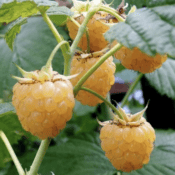
Anne Yellow Raspberry Bundles
$16.99 – $49.99 -
Sale!
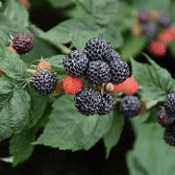
Bristol Black Raspberry – Bundles
$16.99 – $49.99 -
Sale!
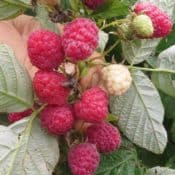
Caroline Red Raspberry – Bundles
$16.99 – $49.99 -
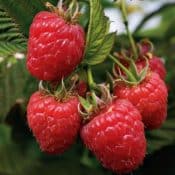 SOLD OUT
SOLD OUTHeritage Everbearing Red Raspberry – Bundles
$19.99 – $94.99 -
Sale!
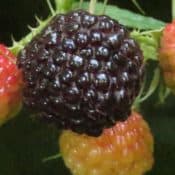
Jewel Black Raspberry – Bundles
$16.99 – $44.99 -
Sale!
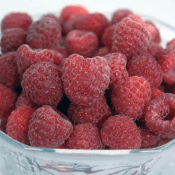
Joan J Everbearing Thornless Red Raspberry – BUNDLES
$16.99 – $49.99 -
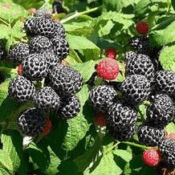 SOLD OUT
SOLD OUTNiwot Everbearing Black Raspberry – Bundles
$19.99 – $94.99 -
Sale!
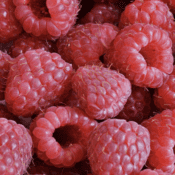
Nova Cold Hardy Red Raspberry Bundles – New!
$17.99 – $49.99 -
Sale!
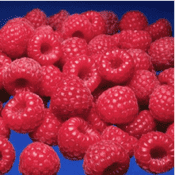
Prelude Red Raspberry Bundles
$14.99 – $39.99 -
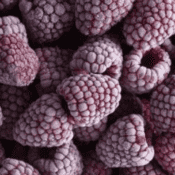 SOLD OUT
SOLD OUTRoyalty Purple Raspberry Bundles
$19.99 – $94.99
